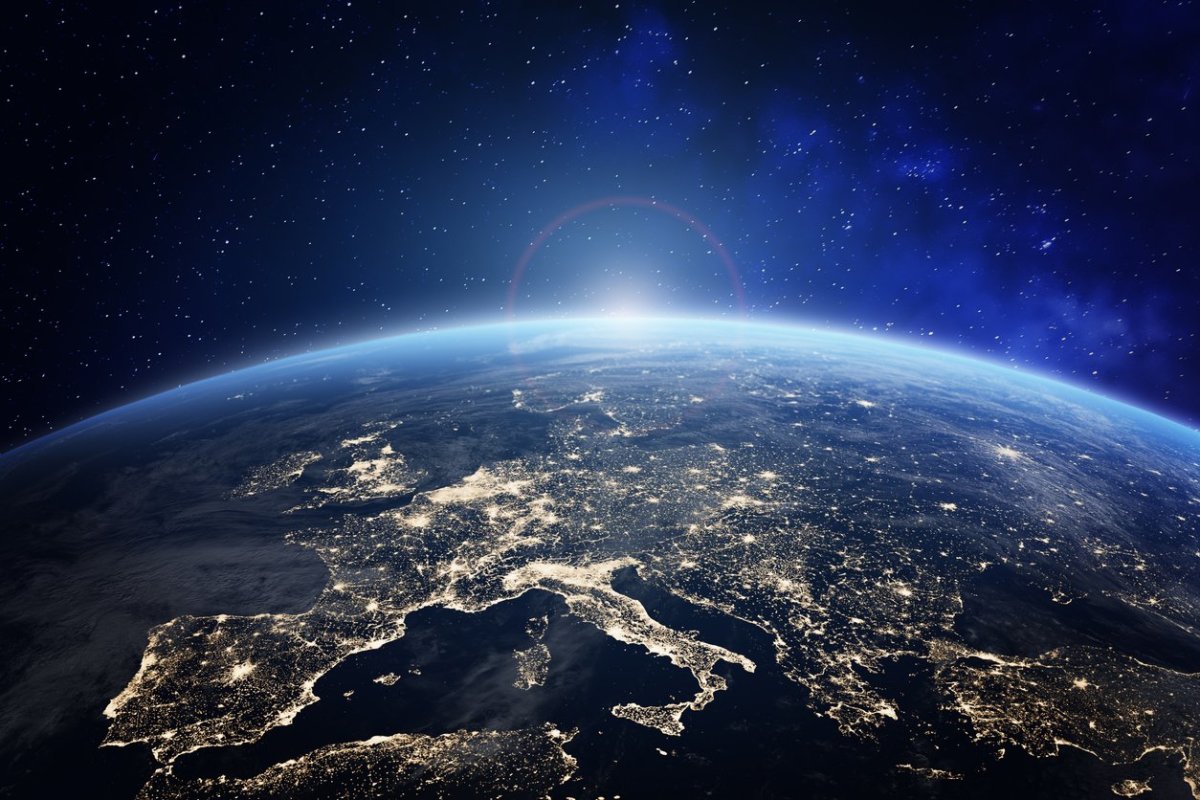Imagine Earth as a vast, intricate tapestry, woven from countless threads of interconnected systems. The vibrant hues represent the diverse life that inhabits our planet, the delicate threads symbolize the intricate web of ecosystems, and the overall pattern reflects the delicate balance of our planet’s life support systems.
For centuries, humanity has woven its own threads into this tapestry, often with unintended consequences. The industrial revolution, while bringing unprecedented progress, also introduced unsustainable practices, leading to the degradation of our environment, the depletion of resources, and the disruption of Earth’s natural rhythms. Climate change, biodiversity loss, and pollution are stark reminders of the fragility of this intricate tapestry and the urgent need for a more sustainable approach.
Weaving a sustainable future requires a fundamental shift in our relationship with the Earth. It demands a move away from a linear, extractive model of production and consumption towards a circular economy that minimizes waste and maximizes resource efficiency. It necessitates a transition to renewable energy sources, a reduction in our reliance on fossil fuels, and a commitment to protecting and restoring ecosystems.
Furthermore, a truly sustainable future must be built on principles of social equity and environmental justice. It must ensure that the benefits of a healthy planet are shared equitably among all people, and that the burdens of environmental degradation are not disproportionately borne by marginalized communities.
Key elements in weaving this sustainable future include:
- Embracing renewable energy: Transitioning to a clean energy future powered by solar, wind, and other renewable sources.
- Conserving biodiversity: Protecting and restoring ecosystems, safeguarding threatened species, and promoting sustainable land use practices.
- Building a circular economy: Minimizing waste, maximizing resource efficiency, and promoting the reuse and recycling of materials.
- Promoting sustainable agriculture: Adopting practices that enhance soil health, conserve water, and reduce reliance on harmful chemicals.
- Addressing climate change: Mitigating greenhouse gas emissions and adapting to the inevitable impacts of climate change.
- Fostering social equity: Ensuring that the benefits of a sustainable future are shared equitably among all people.
Weaving a sustainable future requires a collective effort from governments, businesses, and individuals. It demands innovation, collaboration, and a deep commitment to environmental stewardship. By working together, we can create a world where humanity thrives in harmony with nature, ensuring a prosperous and sustainable future for generations to come.
This is our shared responsibility. Let us weave a future where every thread contributes to a vibrant, resilient, and sustainable Earth.
